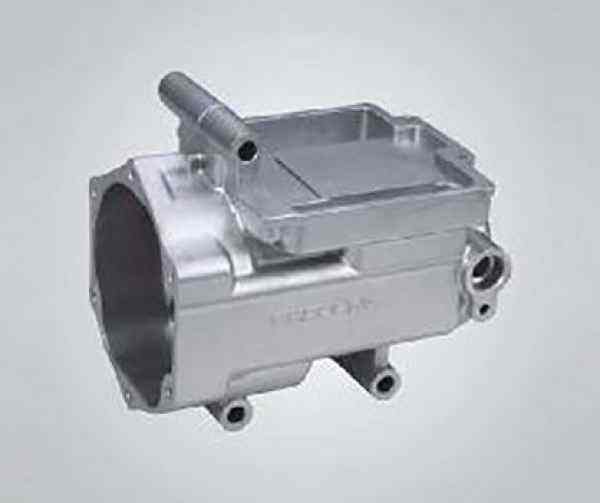The development trend of automation in CNC machining auto parts and manufacturing industry, the processing technology and automation requirements of axle are analyzed. The special processing equipment is selected, the special fixture and automatic dragging frame are designed, and the special safety detection device is equipped. The scheme is applied to the automatic production line, and the feasibility of the scheme and the reliability of the special fixture are verified in the actual production. It improves production efficiency and reduces labor intensity, and is worth popularizing in the processing of automobile axle parts.
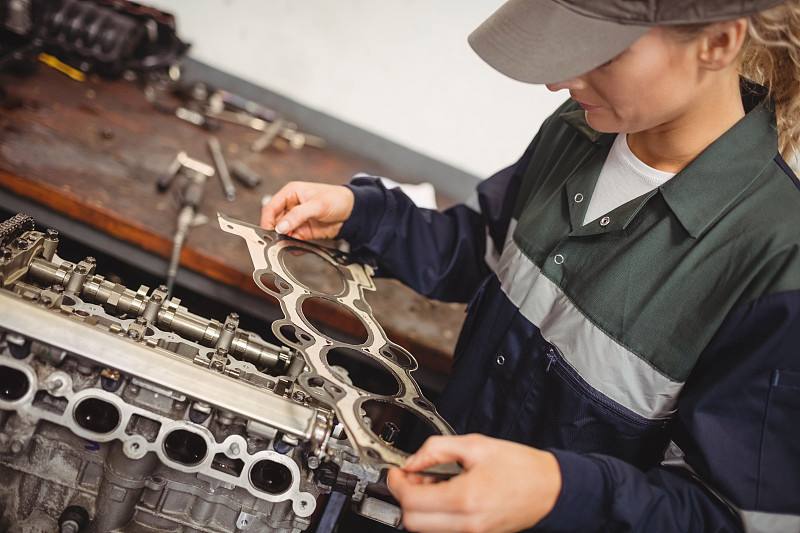
With the rapid development of China's automobile industry, the automobile parts processing and manufacturing industry is an important supporting industry of the automobile industry, and also develops rapidly. As one of the key auto parts, the axle system has also been developed accordingly. According to statistics, the number of automobile axles processed each year in China is up to several million. In China, CNC machine tools have a relatively fixed processing scheme for the processing technology of automobile axles. All manufacturers have basically formed a situation of specialization, serialization and batch production.
Process plan and automation requirements
The process scheme and equipment selection are shown in Figure 1 as the trailer axle. According to the user's process requirements, in this process, it is necessary to process the outer circles at both ends of the axle. In order to ensure the part accuracy and processing efficiency, the CNC lathe is equipped with left and right double turrets, which can be clamped at one time.
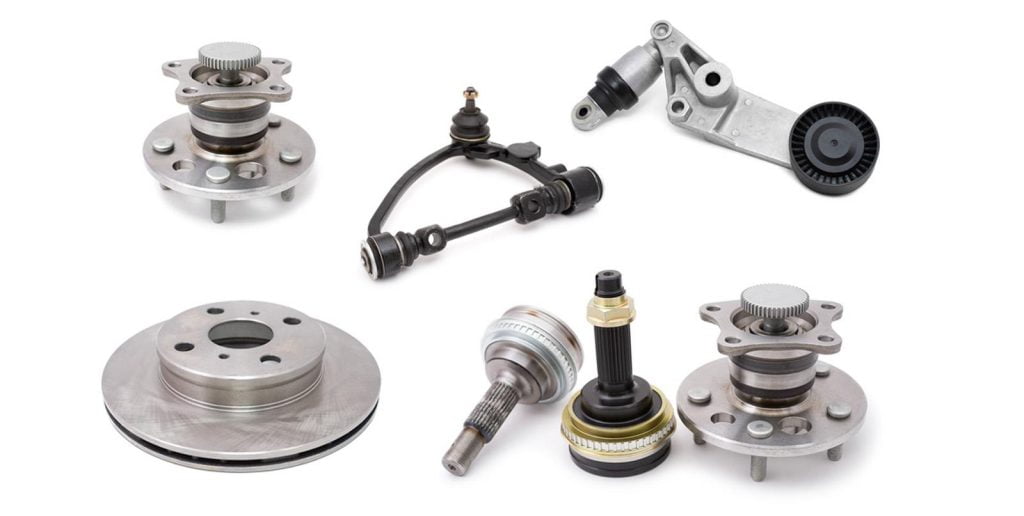
At the same time, the two ends of the axle are processed, which can ensure the processing accuracy and improve the efficiency. In addition, work-piece detection devices are installed on the left and right turrets. Using this device to detect work-piece can not only realize automatic positioning of work-piece, but also ensure the consistency of processing dimensions.
Automation requirements
Since the automatic production line is used to process the axle, it is required that all kinds of tooling on the machine tool must be able to realize the function of automatic processing. In addition, from the perspective of improving production efficiency and reducing the labor intensity of operators, the customer also requires that the entire positioning and clamping process of the workpiece should be completed by the hydraulic system.
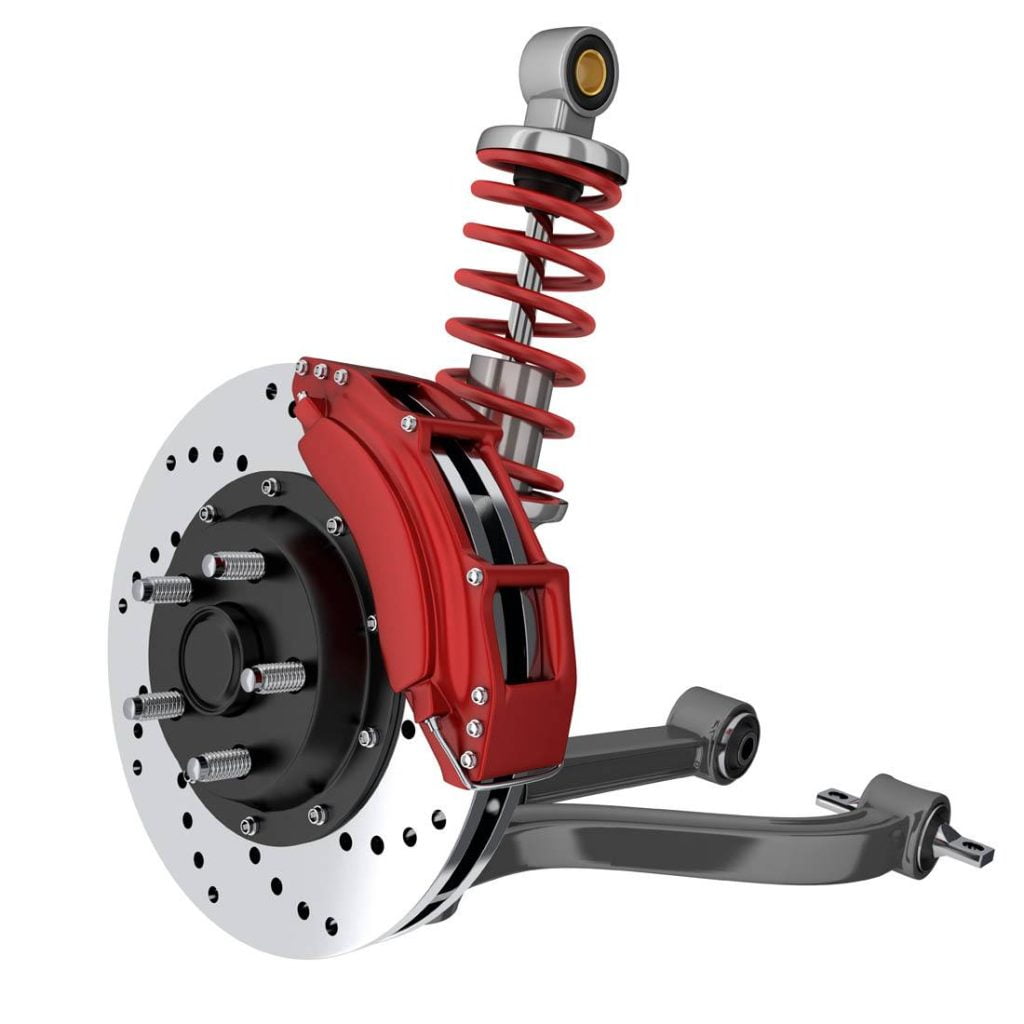
After the manipulator installs the workpiece in place, it is only necessary to execute the corresponding code on the machine tool, The whole clamping process will be completed automatically without manual adjustment and safety shall be guaranteed.
Special tooling
The clamp is specifically installed on the spindle of the machine tool and fastened with screws. The transition sleeve is installed on the clamp, and the clamps can be interchanged according to the different inner holes of the axle. The locating sleeve is installed on the transition sleeve to play an axial positioning role. The taper sleeve is installed on the guide body through a small shaft, and the guide body is connected with the tail hydraulic cylinder through a pull rod. The large angle cone angle of the end cover can avoid scratching with the workpiece.
The hydraulic oil pushes the pull rod to move to the right through the hydraulic cylinder, and the cone sleeve, driven by the pull rod, moves the expansion block in the radial direction through the cone until the inner hole of the workpiece is expanded. Otherwise, loosen the workpiece.
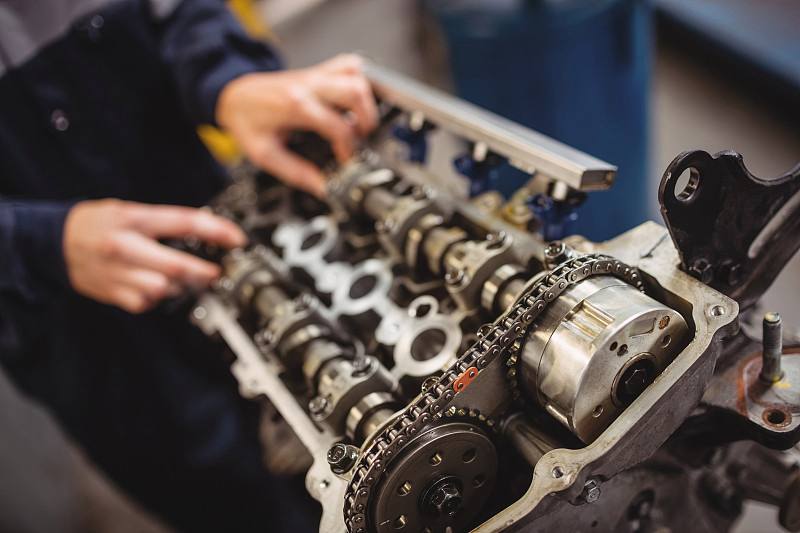
As it is a trailer axle, the relative mass of the workpiece is small, so an expansion block type clamp is used at one end, and a special center is used at the other end to tighten the workpiece. This can not only meet the accuracy requirements, but also reduce the cost of the fixture.
Automatic towing rack
It is divided into three layers. The lowest layer is a fixed plate, which is installed on CNC machining auto parts and is equipped with inlays, which are pressed by pressing plates on both sides. The middle layer is a transition plate. Between the transition plate and the fixed plate, a Z-axis hydraulic cylinder and a rolling linear guide rail are installed.
The stroke of Z-axis hydraulic cylinder is 190mm, and the actual stroke can be adjusted within the range of 190mm according to the workpiece loading and unloading requirements. The top layer is the support layer, which is respectively installed with left and right supports, left and right hydraulic cylinders, V-blocks, lead screws and screw nut seats.
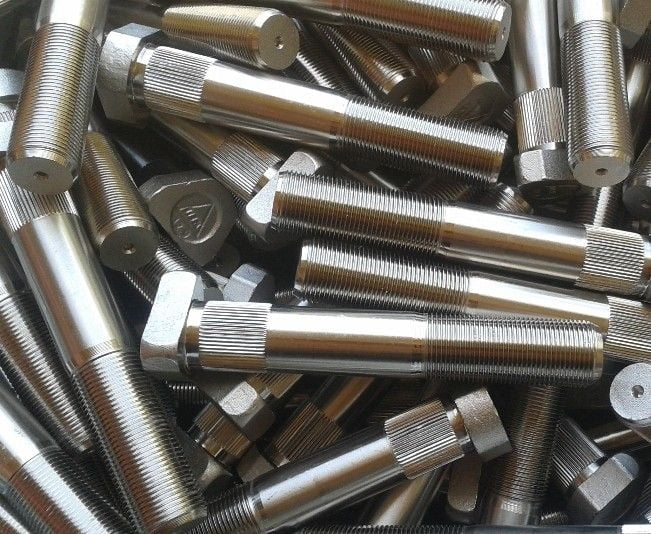
The left bracket is a fixed bracket, which is fixed on the transition plate by T-bolts. The right end face of the bracket is 110mm from the left end face of the transition plate. The right bracket is an adjustable bracket.
According to the length of the parts, you can adjust the large pitch lead screw with a wrench to move the bracket to a suitable distance, and then lock the T-bolt. The bracket can be adjusted within the range of 1900~2500 mm, and is suitable for processing the axle with the length within this range.
Automatic towing rack
The loading and unloading of the carriage are realized by hydraulic control, and can be realized automatically with the truss manipulator. The loading sequence of the carriage is as follows: the manipulator places the workpiece on the V-shaped block of the carriage.
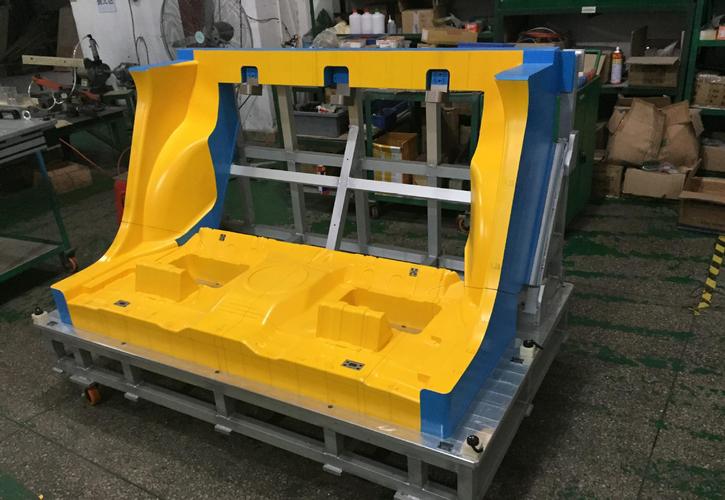
The hydraulic cylinders on the left and right supports push the workpiece up at the same time. When it is in place, the Z-axis hydraulic cylinder under the transition plate pushes the transition plate to the left so that the workpiece enters the expansion block clamp. The special center of the tailboard moves to the left to tighten the workpiece. When it is in place, the clamp expands the inner hole of the workpiece. Then the hydraulic cylinders on the left and right supports descend at the same time.

